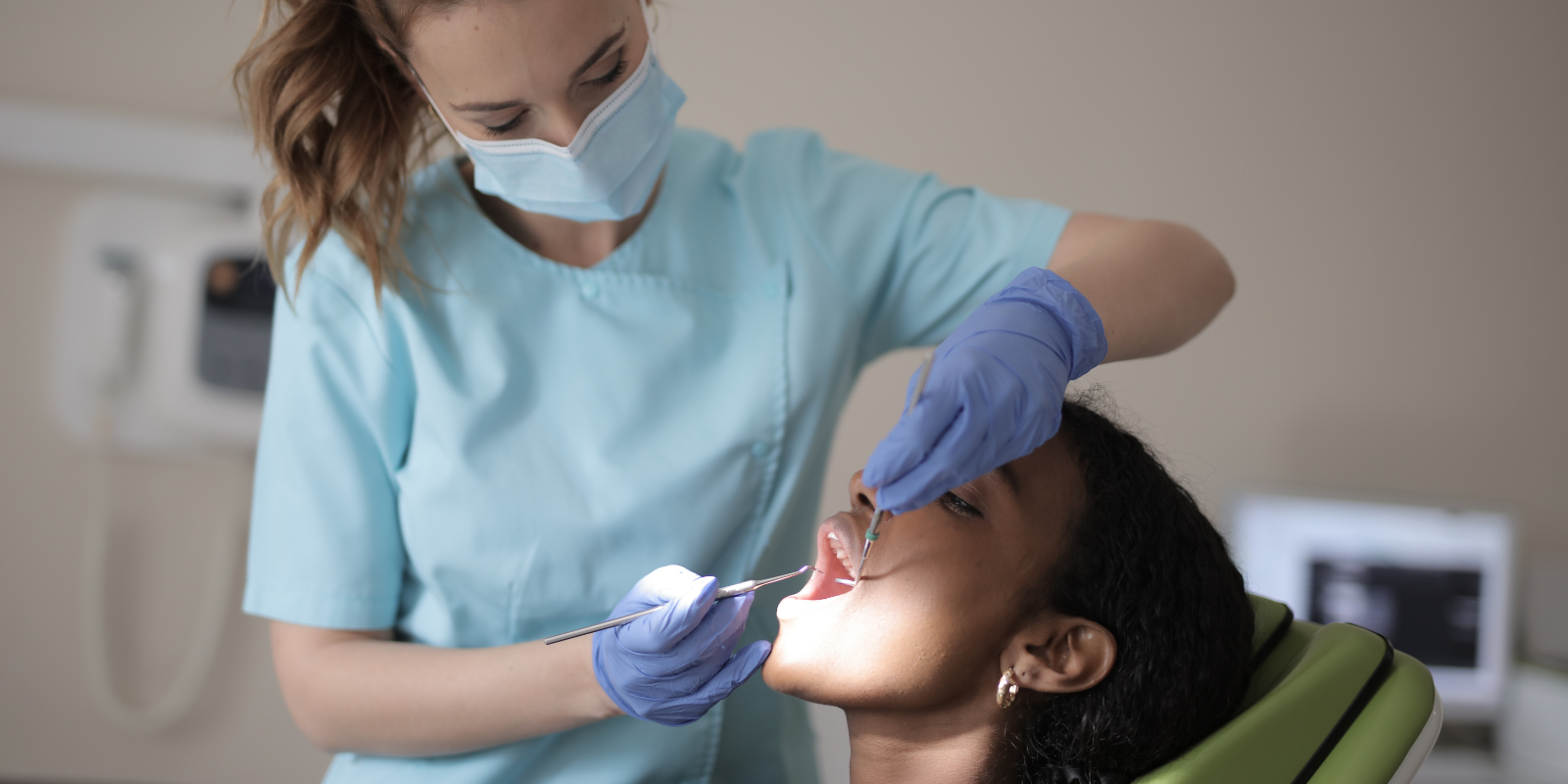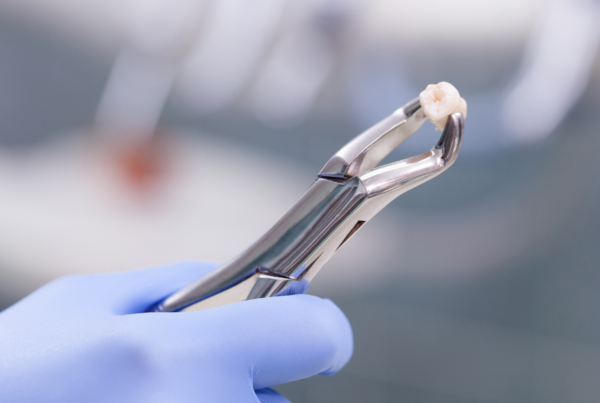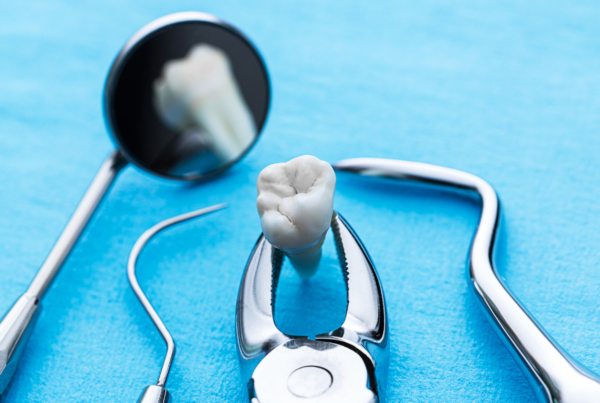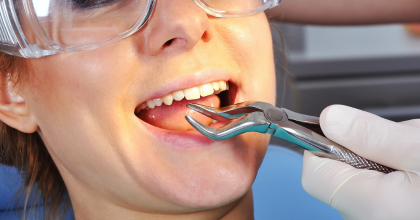- What is a blood clot after tooth extraction and how does it form?
- Key functions of the blood clot after tooth extraction
- How long does the blood clot stay in the socket?
- Why is the blood clot so important after a tooth extraction?
- How to care for your mouth to preserve the blood clot?
- What to do if the clot falls out too early?
- What can you do at home if the clot falls out?
- Summary
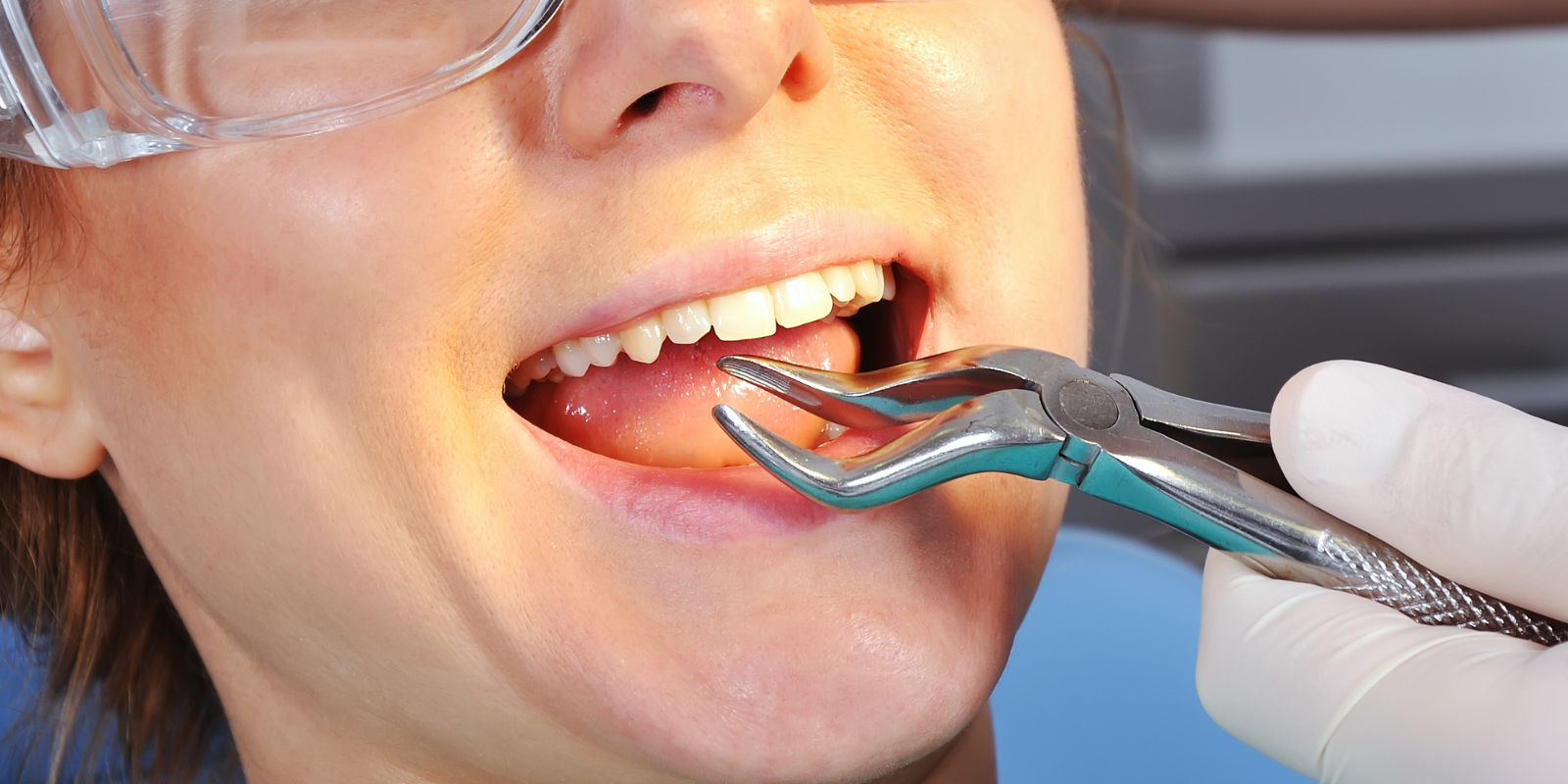
Tooth extraction is a common dental procedure that often requires special care to ensure proper healing. One of the most important elements in the healing process is the formation of a blood clot, which acts as a natural protective barrier over the wound. However, improper oral hygiene may lead to its premature dislodgement, resulting in complications such as dry socket. So how can you care for your mouth after a tooth extraction to avoid this issue? Here’s everything you need to know.
What is a blood clot after tooth extraction and how does it form?
A blood clot after a tooth extraction is a natural structure formed by the body in response to injury of the blood vessels. It plays a critical role in the healing process, acting as the body’s built-in dressing. It forms almost immediately through a complex process involving several stages:
- Damage to blood vessels – during the procedure, the vessels in the gum and bone are ruptured, leading to bleeding.
- Platelet activation – platelets (thrombocytes) gather at the site and release substances that start the clotting process.
- Fibrin formation – the protein fibrinogen transforms into fibrin, forming a mesh that stabilizes the clot.
- Clot development – the clot is made of platelets, fibrin, and other cellular elements. It protects the wound, prevents further bleeding, and speeds up tissue regeneration.
Key functions of the blood clot after tooth extraction
The blood clot performs several essential functions that contribute to successful healing:
Protection from bacteria and food debris
The mouth contains countless bacteria, making the extraction site highly vulnerable to infection. The clot serves as a protective plug, shielding the wound from contamination and harmful microorganisms.
Stopping the bleeding
The clot’s main purpose is to stop bleeding. It helps seal off damaged blood vessels, minimizing blood loss and supporting healing.
Supporting tissue regeneration
Inside the clot, healing cells like fibroblasts and endothelial cells begin the tissue repair process. The clot gradually transforms into granulation tissue and later into gum or bone tissue. A white layer on the clot is a natural sign of regeneration.
Preventing pain and irritation
The clot covers exposed nerves, reducing pain and protecting the area from external irritants such as food and beverages.
Preventing dry socket
When a clot is dislodged prematurely or fails to form, it may lead to dry socket (alveolitis sicca), a painful condition where the bone and nerves are left exposed. Maintaining the clot in place is essential to prevent such complications.
How long does the blood clot stay in the socket?
Typically, the clot remains in the extraction site for 7 to 10 days. During this time, it performs its healing and protective roles before dissolving naturally and being replaced by new tissue. The exact duration can vary depending on:
- patient’s age
- the size and location of the extracted tooth
- overall health condition
- adherence to post-op care instructions
READ MORE: Teething in infants
Why is the blood clot so important after a tooth extraction?
Without the clot, the wound remains exposed, increasing the risk of infection, prolonged healing, and intense pain. The clot is essential for a smooth and healthy healing process, helping to avoid dry socket and other issues. That’s why following your dentist’s aftercare instructions is so important.
How to care for your mouth to preserve the blood clot?
To protect the blood clot and allow it to do its job, follow these oral care tips in the first few days after extraction:
- Avoid rinsing your mouth vigorously for the first 24 hours. If rinsing is necessary, use a gentle antiseptic rinse as recommended by your dentist.
- Brush your teeth gently, avoiding the extraction area. Use a soft-bristled toothbrush to prevent accidental dislodgement of the clot.
- Refrain from eating or drinking for the first few hours. Stick to soft, lukewarm foods afterward.
- Avoid hot, spicy, or acidic foods that could irritate the wound.
- Do not drink through a straw, as suction may pull out the clot.
- Refrain from smoking and drinking alcohol – both slow down healing and increase the risk of infection.
- Avoid heavy physical activity for a few days to prevent disturbing the healing site.
What to do if the clot falls out too early?
If the clot falls out prematurely, avoid further irritation of the wound. Do not eat or drink near the site, and stop any rinsing or touching of the area. Seek dental assistance immediately.
Your dentist may clean the socket and apply a medicated dressing to relieve pain and encourage healing. Pain relievers, antiseptic rinses, and anti-inflammatory medications may also be prescribed.
What can you do at home if the clot falls out?
At home, avoid hot beverages, spicy foods, and physical strain. Do not touch the wound with your tongue, fingers, or objects. Refrain from smoking and drinking alcohol to protect the healing process.
If you experience increasing pain, bad breath, or swelling, see your dentist as soon as possible. These symptoms may signal an infection or other complications requiring professional care.
Summary
The blood clot after a tooth extraction plays a vital role in the healing process. To ensure successful recovery, follow your dentist’s instructions, maintain gentle oral hygiene, and avoid behaviors that may disturb the clot. Prompt care and attention will help you recover quickly and avoid painful complications like dry socket.
